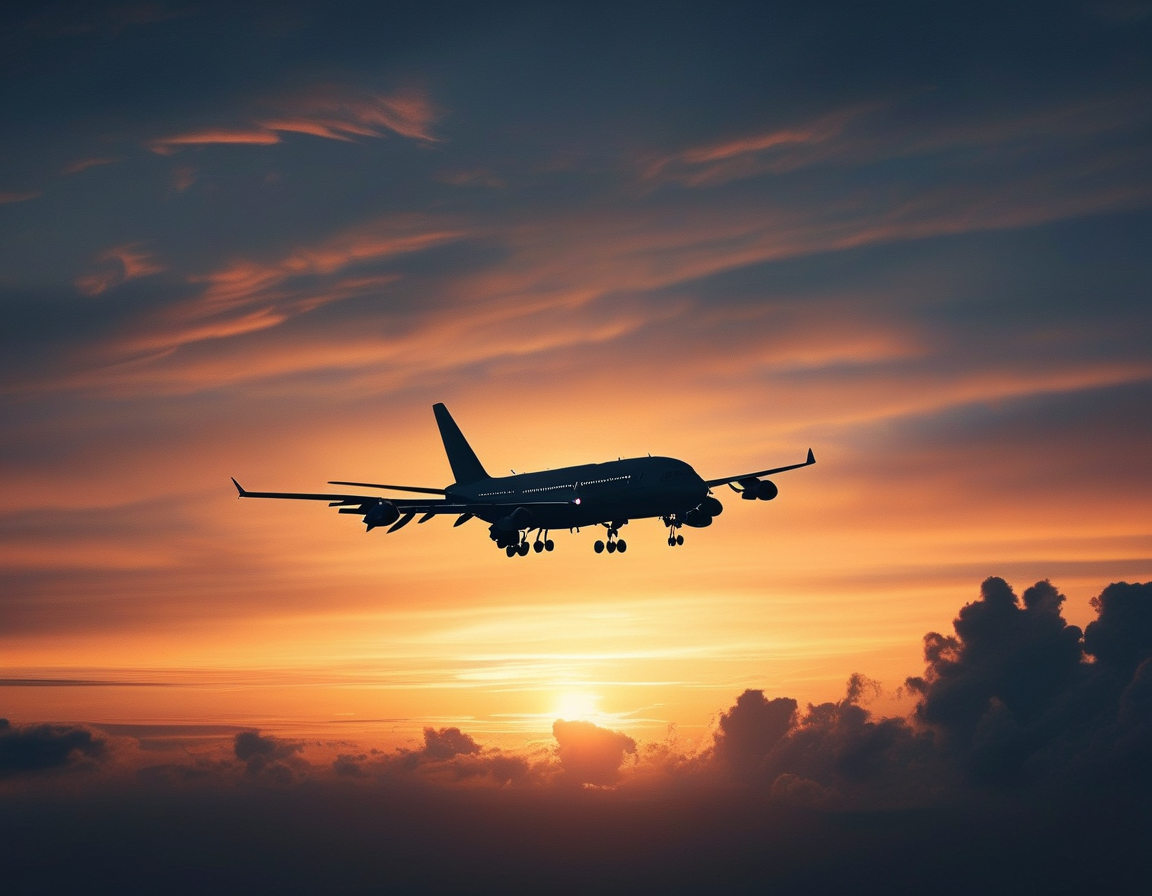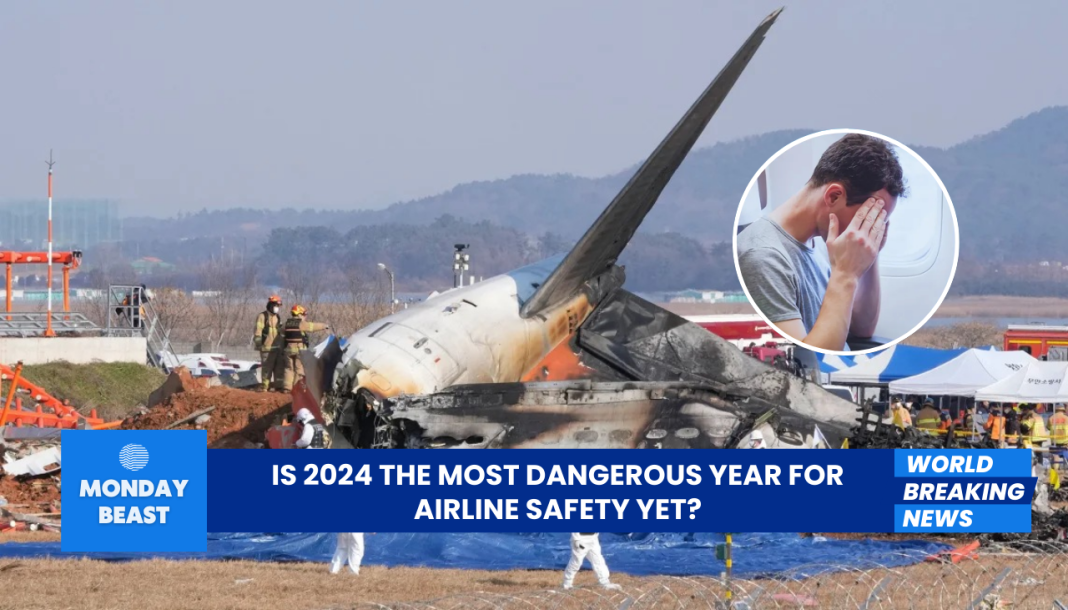In 2024, the skies feel heavier. With several alarming plane incidents making headlines, travelers are understandably anxious. Can we truly trust flying? Or has this year left a scar on the airline industry that will linger?
Just last week, the nightmare continued. A Jeju Air flight crash-landed at Muan International Airport in South Korea, claiming 179 lives. This tragedy marks the deadliest aviation disaster since 1997. Footage showed the jet skimming the runway, tails of fire trailing behind. It’s haunting to imagine the fear passengers must have felt, moments before that final crash.

In the aftermath, both aircraft and passenger safety are under scrutiny. What caused such a catastrophic failure? Reports hint at dysfunction in the undercarriage. Investigators are now combing through wreckage, piecing together the moments leading to disaster.
Then there was the Azerbaijan Airlines incident this Christmas. With 38 fatalities reported after the plane strayed into Russian airspace, the implications sound like a thriller plot. Azerbaijan’s President blamed Russia for shooting it down, and the Kremlin apologized, yet no accountability came forth. Was this a tragic mistake or carelessness that cost lives? It’s unsettling to ponder how politics can intertwine with human tragedy.
Air Canada also faced scrutiny. A flight operated by PAL Airlines reported a landing gear issue on arrival in Halifax. Thankfully, no injuries occurred, but what if things went south? We can’t be too careful. Each event only fuels fears for fliers.

The statistics tell a rather different story. Data from the International Air Transport Association reveals the odds of an accident are slim. In 2023, there were only 30 recorded accidents, leading to a risk of one incident every 1.26 million flights. To put it simply, you’re safer in a plane than driving to the airport.
The numbers unveil a crucial truth. Anthony Brickhouse, an aviation safety expert, noted that escalators can pose more risk than an airplane ride. However, can numbers comfort those who watch the news? Can an accident be merely a statistic when someone you love could be on that flight?
Between 2018 and 2022, the odds of perishing in a plane crash were one in 13.7 million. Yet, was this peace of mind shattered with recent tragedies? Sure, statistics provide a safety net, but the heart knows different.

We can’t ignore the fear that clings to passengers. A strong historical record cannot erase the ache of recent headlines. Families aching for lost ones witness these incidents through a very human lens. Emotions and fears reign supreme when tragedy strikes.
Will the nightmare of 2024 set a new precedent for future air travel? IATA’s reassuring claims remind us flying is the safest. Yet, even slight slips show we must remain diligent. Surprises linger in the world of aviation. Holding onto safety requires constant vigilance.
Flying, while statistically safe, prompts deeper, unsettling questions; can we ignore recent horrors? As professionals dig into these crises, potential lessons arise. Might there be areas for improvement even in a solid safety framework? If the industry learns from past failures, will the skies grow clearer?
Let’s close with a thought: flying may be statistically safe, but can numbers quell genuine human fear? Perhaps only by demystifying the facts about air travel will peace return to anxious fliers.




